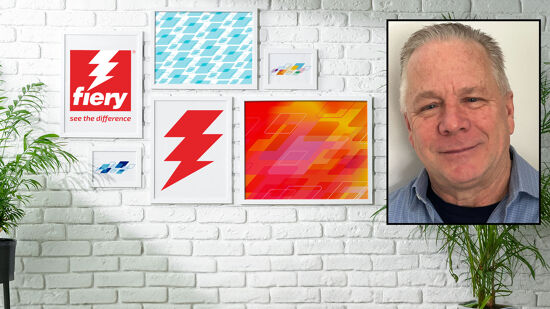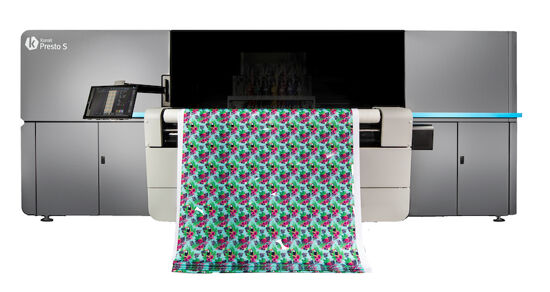Deinking glass

Laurel Brunner discusses the importance of glass recycling and deinking processes and how this can affect the environment.
It takes about 1 million years for glass to biodegrade, therefore it’s a good thing that we have figured out sensible recycling processes to tackle this. However, as the packaging industry gets slicker it is important that we pay more attention at how we can keep recycling glass effectively. Digital printing technology makes it easier to print direct to shape (DtS). As we turn away from plastics, we need to think more about ink formulations and deinking processes for glass containers. It must be economically feasible to continue recycling them without increasing environmental impacts through more complex deinking and recycling processes.
Printing on glass is quite common in the market even though it is expensive, and it isn’t easy to print colours direct to glass bottles and jars. Screen printing accounts for a majority of the market, but it’s subject to design constraints likes no halftones. Hence the preference for pre-printed colour labels for glass containers. It is quite rare to find inkjet systems designed to print direct to glass containers in high quality colour, however printing single colours is normally used for coding and marking.
Inkjet inks for printing on glass must be strong enough to stick and resist abrasion and vibrant, with a wide colour gamut and of course they must be jettable. It should be possible to remove these inks during the recycling process, so that the glass containers can be reused instead of being smashed up to make a new glass product. Either way all the characteristics needed for inks printed on paper are also applicable to inks printed onto other surfaces such as glass.
The availability of more inkjet inks for glass container printing will improve the uptake of digital printing in the bottling industry, however they must be suitable for the recycling and reuse of glass containers. Glass recycling is currently well established with various models around the world for collecting, processing and reusing it or simply reprocessing the glass into new products. Effective glass recycling means less glass bottles need to be manufactured. This saves resources, but it also is easier to move away from plastics. More work is required to develop inkjet inks for process colours that can be printed at speed on directly onto glass containers and then readily removed in the recycling and reuse phases.
Source: This article was produced by the Verdigris project, an industry initiative intended to raise awareness of print’s positive environmental impact. This commentary helps printing companies keep up to date with environmental standards, and how environmentally friendly business management can help improve their bottom lines. Verdigris is supported by the following companies: Agfa Graphics, Spindrift.click, EFI, FESPA, HP, Kodak, Kornit Digital, Ricoh, Splash PR, Unity Publishing and Xeikon.
Topics
Interested in joining our community?
Enquire today about joining your local FESPA Association or FESPA Direct
Recent news
.png?width=550)
FESPA Middle East 2025 Overall Highlights
It has already been 2 weeks since we opened the doors on the 2nd edition of FESPA Middle East.

How will Fiery simplify print processes and enhance their user experience
In this podcast, Debbie McKeegan interviews Michael Chramtchenko, Chief of Staff, Sales and Marketing at Fiery, discussing the company's innovative software solutions for the print industry, particularly in garment decoration.

What is digital textile printing and what are the opportunities?
Nessan Cleary shares how textile printing covers a wide range of different market sectors which vary in opportunities. Nessan discusses sportswear, direct to garment and home décor.

Vote now for the FESPA Awards’ People’s Choice Award!
The voting for the prestigious People's Choice FESPA Award is now open until 7th February where those in the industry have the opportunity to vote for their favourite entries, celebrating the exceptional talent in the industry.